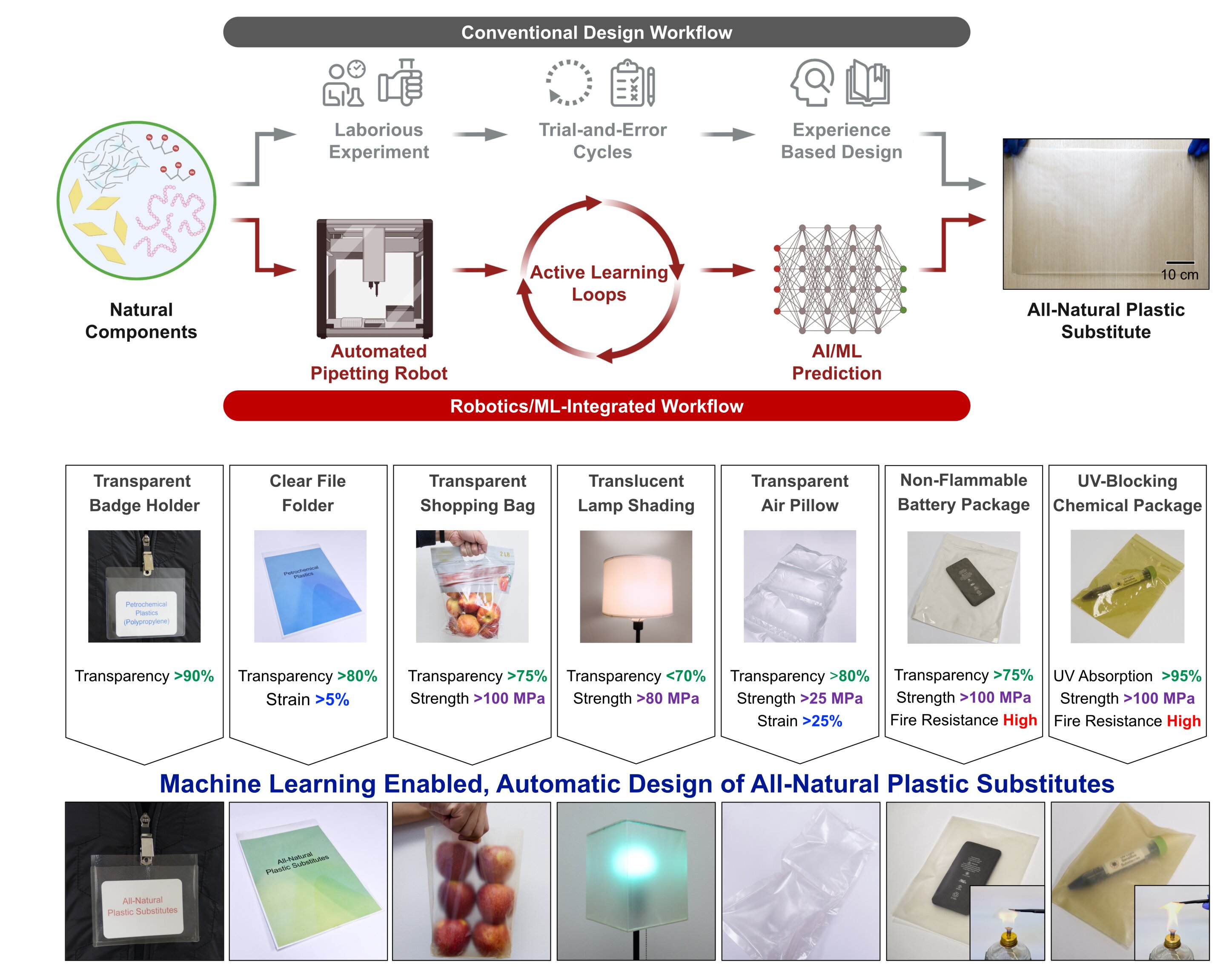
Key Takeaways:
Revolutionizing Sustainability: Unveiling Game-changing Biodegradable Plastic Alternatives through Machine Learning
Sustainability has become an increasingly important theme in our modern world. With rapid industrialization and consumerism, the environment is facing unprecedented challenges. One of the critical issues we face today is the proliferation of single-use plastics. These types of plastics pose a severe threat to ecosystems and human health due to their non-biodegradable nature.
However, the good news is that researchers and innovators around the globe are actively working on finding sustainable alternatives to traditional plastics. In this article, we explore how machine learning, alongside human intellect, holds the key to revolutionizing sustainability by unveiling game-changing biodegradable plastic alternatives.
The Need for Innovative Biodegradable Plastic Alternatives
Traditional plastics, which are derived from fossil fuels, take hundreds of years to decompose. This extended decomposition timeline heavily impacts the environment and contributes to increasing waste accumulation.
When considering sustainability, it is essential to focus not only on reducing plastic consumption but also on developing effective alternatives that minimize the environmental impact. Biodegradable plastic alternatives, crafted from renewable resources, offer a potential solution to this problem. These alternatives have the distinct advantage of naturally decomposing when exposed to specific conditions, minimizing their ecological impact.
However, developing effective biodegradable plastic alternatives requires diligent research and technological breakthroughs. This is where machine learning comes into play, helping researchers analyze vast amounts of data and find innovative solutions.
Unleashing the Power of Machine Learning
Machine learning is a branch of artificial intelligence that enables computers to learn and make predictions or decisions without explicit programming. By feeding large volumes of data into a machine learning model, it can recognize patterns, make correlations, and generate insights.
In the context of sustainable technological advancements, machine learning algorithms can be trained to screen and analyze massive data sets involving diverse bio-based materials. These materials may include plant fibers, algae, starch, and other renewable sources, each possessing different levels of biodegradability and structural properties.
Through machine learning, researchers can now assess the suitability of bio-based materials as alternatives to traditional plastics. Prediction models can be generated, providing valuable information regarding biodegradability rate, strength, and durability. This holistic evaluation process helps drive the discovery and development of game-changing biodegradable plastic alternatives.
Diverse Applications of Biodegradable Plastic Alternatives
The potential applications for biodegradable plastic alternatives are vast, covering areas that range from packaging materials to medical devices and beyond. Here are some notable examples:
1. Sustainable Packaging:
Traditional plastic packaging, such as single-use bags or food wrappers, causes significant plastic waste. With responsibly sourced biodegradable alternatives, the environmental impact can be significantly reduced. Manufacturers and companies can transition towards the use of biodegradable films and containers, fostering a greener and more sustainable planet.
2. Agricultural Industry:
In the agricultural sector, plastic mulch films play a crucial role in enhancing crop yields and weed control. However, traditional plastic mulch films contribute to plastic pollution in fields and require tedious manual removal processes. Biodegradable mulch films offer the same benefits while being biodegradable, eliminating the environmental burden.
3. Medical Field:
In the medical field, single-use medical devices contribute significantly to plastic waste. Biodegradable alternatives can help redefine medical practices by replacing traditional plastic components with materials that break down harmlessly over time. This serves the dual purpose of reducing plastic pollution and minimizing infection risks.
Frequently Asked Questions:
Conclusion
Revolutionizing sustainability through the unveiling of game-changing biodegradable plastic alternatives is a complex yet necessary task. Machine learning plays a pivotal role in analyzing vast amounts of data and identifying the most sustainable solutions. By developing and adopting biodegradable plastic alternatives, we can pave the way to a greener future, reducing environmental pollution and preserving the well-being of our planet.
Source: insidertechno.com